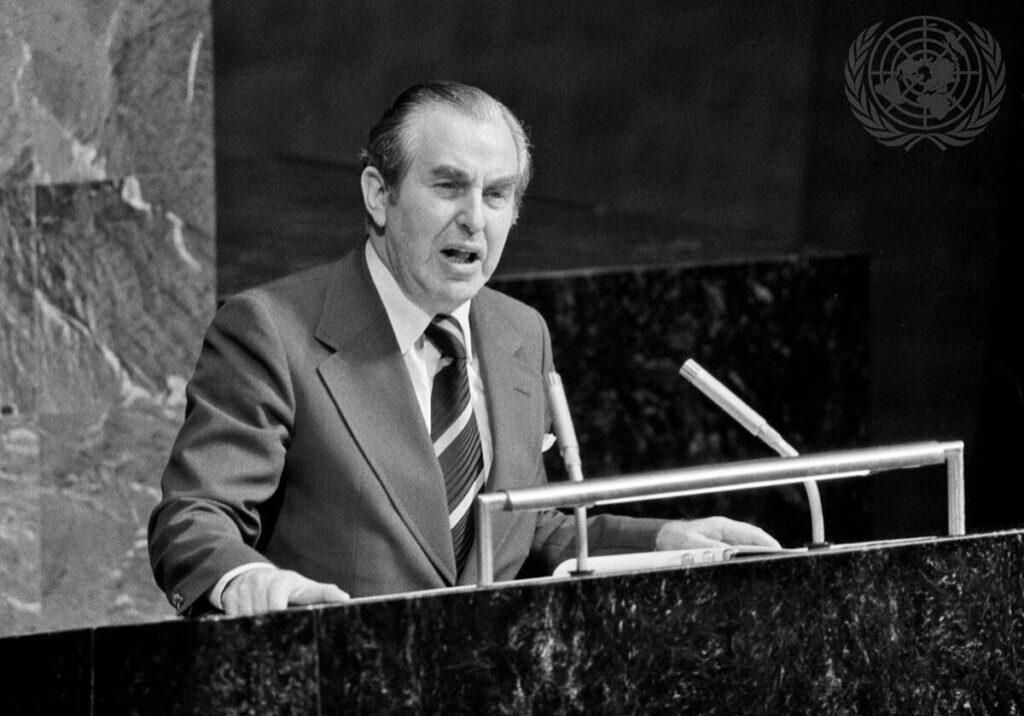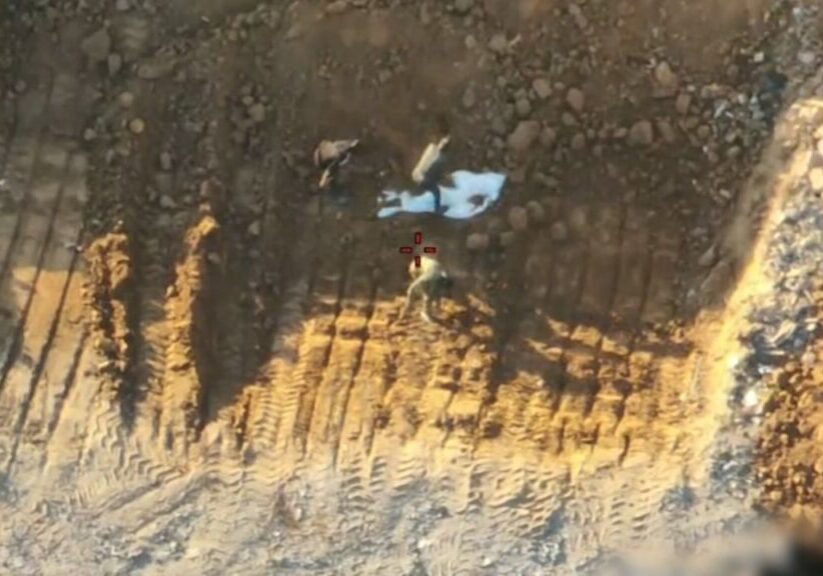Australia/Israel Review
Scribblings: Did the Balfour Declaration help create a Palestinian political identity?
Nov 27, 2017 | Tzvi Fleischer

Tzvi Fleischer
Here is an important and factually accurate historical statement that should be kept in mind in considering current debates about the legacy of the Balfour Declaration and the rise of Zionism:
“Before the Balfour Promise (i.e., Declaration) when the Ottoman rule ended (1517-1917), Palestine’s political borders as we know them today did not exist, and there was nothing called a Palestinian people with a political identity as we know today, since Palestine’s lines of administrative division stretched from east to west and included Jordan and southern Lebanon, and like all peoples of the region [the Palestinians] were liberated from the Turkish rule and immediately moved to colonial rule, without forming a Palestinian people’s political identity.”
These claims should be uncontroversial. They are a basic description of reality in 1917 no serious historian would question. Yet in the hyper-partisan debates over Israel and the Palestinians, these basic facts are rarely discussed, or are often treated as partisan Zionist propaganda when they are.
It was therefore hopeful to note that it was a Palestinian historian, Abd Al-Ghani Salameh, who uttered these words, and he did so on official Palestinian Authority TV, in a broadcast on Nov. 1 to mark the Balfour Declaration’s 100th anniversary (translation by Palestinian Media Watch).
In stating these truths, Abd Al-Ghani Salameh effectively contradicted the official Palestinian line, as set out in the Guardian newspaper (Nov. 1) in an article signed by PA President Mahmoud Abbas. In that article, Abbas said Balfour promised in his declaration “a land that was not his to promise” and insisted the Palestinian people are “a proud nation with a rich heritage of ancient civilisations, and the cradle of the Abrahamic faiths.”
But the idea that Balfour promised a land to the Jews that was really the heritage of the “Palestinian people” is a complete anachronism – no one at the time had yet conceived of the existence of such a distinct people. Moreover, as Salameh noted, there had never been even a unified administrative area called “Palestine” in 1917.
More than this, in the absence of the Balfour Declaration, there is a very good chance that no territorial “Palestine” would ever have been created. Before the Declaration – which as noted elsewhere in this magazine, was not a unilateral British act, but a policy with the prior approval of the key World War I allies – the operative great power agreement for the Middle East was the 1916 Sykes-Picot agreement. That deal called for dividing the land that would become British Mandate Palestine into no less than five different zones. These were, in the words of noted historian Prof. Martin Kramer:
A wedge in the north of the country, including the tributaries of the Jordan above the Sea of Galilee and part of the northern shore of the lake… under direct French control.
The eastern shore of the lake and the Golan … as part of the Arab state under French protection.
The bulk of the country, including Jerusalem, Jaffa, Nazareth, Tiberias, and Gaza [where] according to the agreement, … “there shall be established an international administration, the form of which is to be decided upon after consultation with Russia, and subsequently in consultation with the other Allies [the reference is to Italy], and the representatives of the Shereef of Mecca.”… The notion was that this would be an Anglo-French condominium, with a yet-undetermined measure of input from other allies.
The ports of Haifa and Acre, and the plain between them… under direct British administration. Britain wanted this as an end point for a railroad from Baghdad to the Mediterranean.
Last but not least, the south of the country, including Hebron and Beer Sheba, as well as Transjordan, [were] to be part of [an] independent Arab state or confederation of states under British protection.
In other words, while it is impossible to know exactly what would have happened without Balfour, there was a very good chance that no unified territorial entity of “Palestine” would have arisen. Instead the existing historical division of the area into different administrative units would likely have continued, albeit with different borders and overseers.
As Abd Al-Ghani Salameh accurately noted, in 1917, the Palestinians, the Arab inhabitants of the region, did not have a “political identity”. Would one have ever developed if the land of “Palestine” had been divided up into five different subdivisions, ruled under different arrangements by different people? It seems, at the least, an open question.
While Britain, of course, had other reasons as well, the Balfour Declaration was a key spur for the UK to seek to control a unified territory called Palestine. And Britain’s creation of this “Palestine”, legalised both under the Sevres Treaty of 1920 and the League of Nations mandate of 1922, was explicitly in order to facilitate creating a “Jewish national home” there.
In other words, not only is Abbas wrong that the Balfour Declaration promised the Jews a “land” that belonged to the “proud [Palestinian] nation with a rich heritage of ancient civilisations”, a good case can be made that the Balfour Declaration was a key precondition for the development of modern Palestinian national identity.
Of course, none of this history detracts from the need to address the undeniable currently identifiable Palestinian people and their claim to self-determination via a genuine two-state peace deal. However, if the Palestinian leadership could only face the reality of what the Palestinian situation was in 1917 – as outlined by Abd Al-Ghani Salameh – and the likely role of the Balfour Declaration and subsequent British mandate in creating conscious Palestinian nationalism, surely the road to such a two-state peace would be much easier.
Tags: Israel






